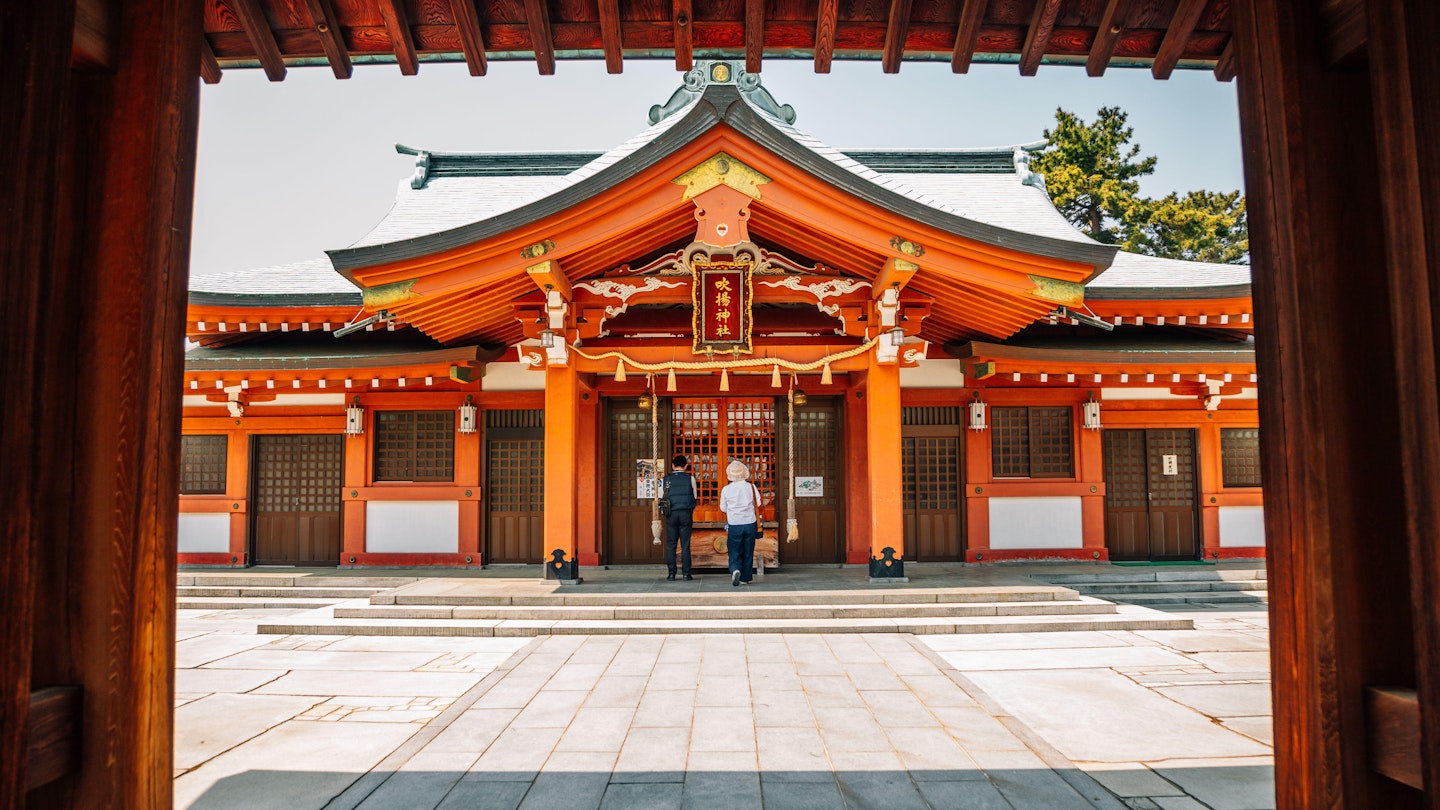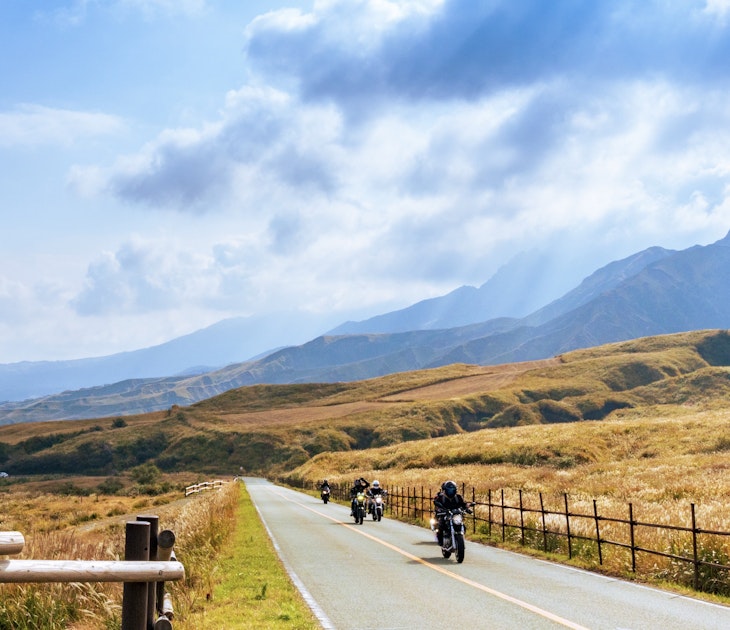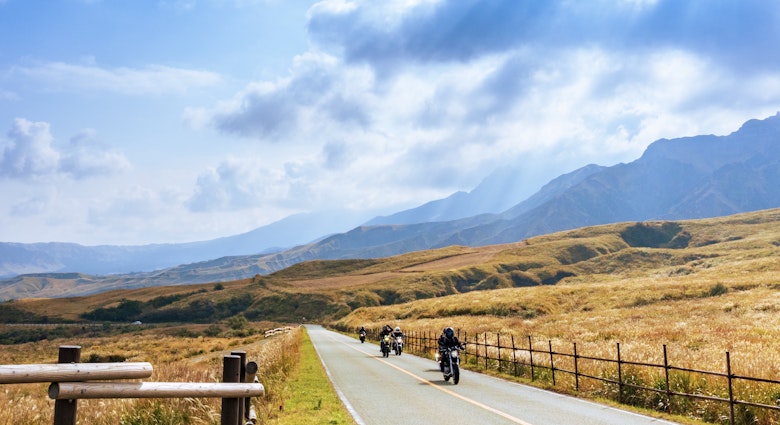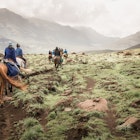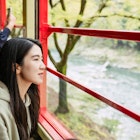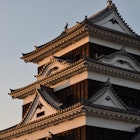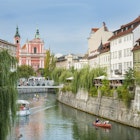Over the last 1200 years, most visitors to the Japanese island of Shikoku have turned up in spring, allowing two months to walk the 88 Sacred Temples pilgrimage before the rainy season in June.
These days, people still come based on their interests. Mid-August is festival time, outdoors enthusiasts aim at the warmer months, while those with fall colors in mind show up from late October.
Peak season is mid-August during the Awa-odori festival
If you’re heading to the Awa-odori festival in Tokushima, make sure to do some planning, as accommodations and prices are at a premium – more than a million people turn up to Japan’s wildest four-day dance party (August 12 to 15). Though not as huge, Kōchi city’s Yosakoi Festival (August 10 and 11) is equally as raucous.
High season for the 88 Sacred Temples pilgrimage runs April to November
Pilgrims journeying to the 88 Sacred Temples of Shikoku traditionally set out in the spring, though these days many just go when they can – year-round if traveling by vehicle.
Hikers hit the hills throughout the summer, and rafters float down the Yoshino River during the warmer months, while surfers aim for swells from June to October. (That's typhoon season in Japan, and though they can’t be predicted too far in advance, a few hit Shikoku each year, so keep in mind that plans could be waylaid during this period.)
Mid-July through the end of August is the school summer-holiday season, so expect to see plenty of Japanese travelers, such as families and students on bicycles, out exploring Shikoku. Expect accommodation prices to match the rise in visitor numbers.
Fall colors, especially in the central mountains, are spectacular in late October and November.
Avoid the crowds during low season from December to March
While it does snow in Shikoku's mountains and there are a handful of ski areas, these primarily cater to locals. This is not the best skiing in Japan. Visitors at this time of year tend to head to the plush ryokan at the warming hot springs of Dōgo Onsen. Winter fish dishes are on the menu, as is warm sake.
5 reasons to visit Japan’s Shikoku Kagawa prefecture
January is for pampering at an onsen
It’s mid-winter, and though many Japanese originally from Shikoku will be back visiting family to celebrate Shōgatsu (New Year), there’s not a lot to entice visitors, apart from the hot springs at Dōgo Onsen in Matsuyama.
Matsuyama celebrates its Hatsune Festival at Yu Shrine on Seijin-no-hi (Coming of Age Day) and the Sunday before. It’s a popular event to pray for a bountiful harvest, flourishing businesses and safe families in the coming year.
February is for peace and quiet
It’s still cold, and the onsen is still calling. In milder years, the weather may start to warm up later in the month. Kōchi city hosts the Kōchi Ramen Festival in its central park over 10 days in late February and early March, with participants coming from all over Japan with their various ramen varieties.
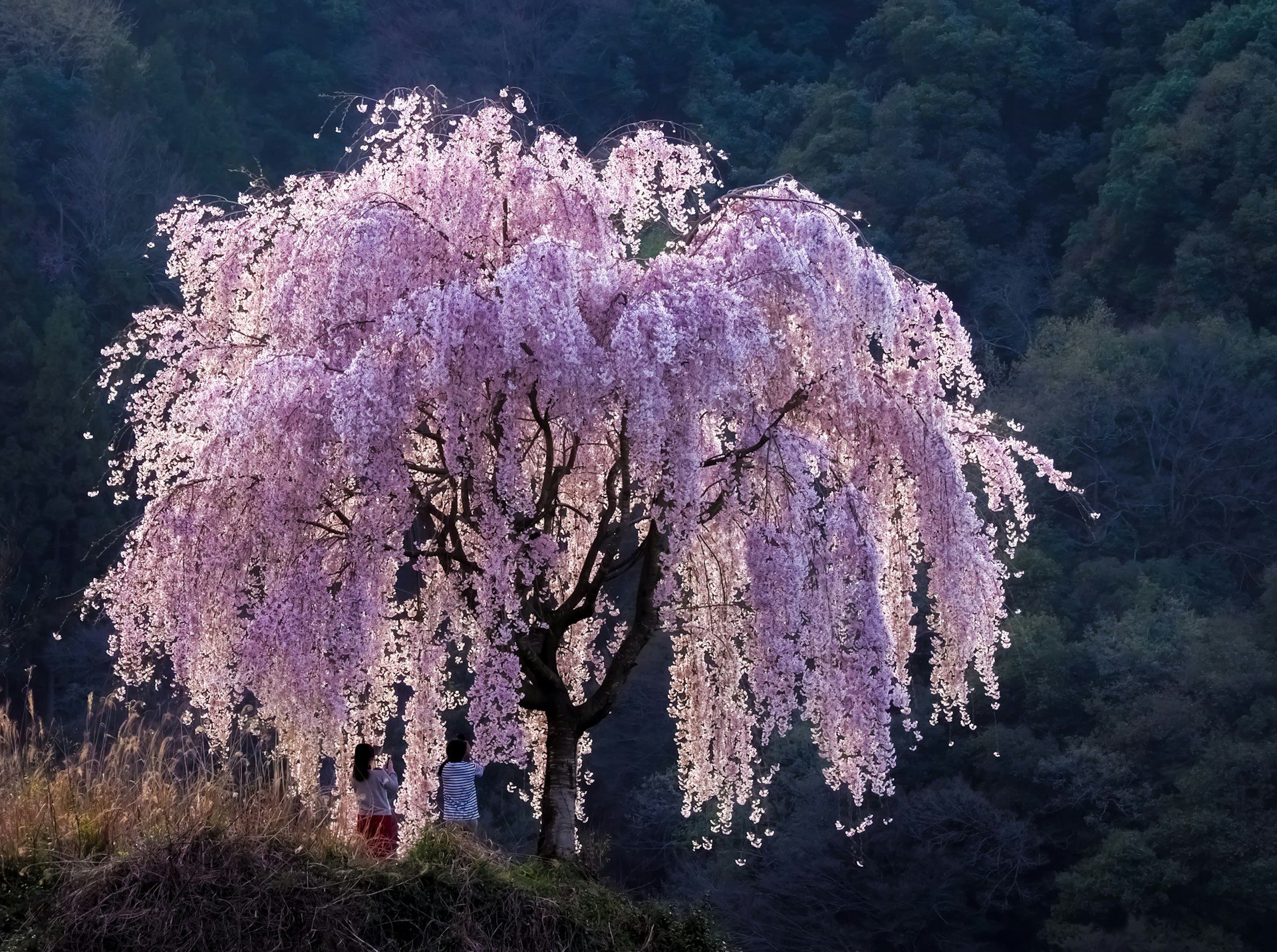
March is for beating the large cherry-blossom crowds
As it is all over Japan, the big drawing card in late March and early April is the cherry blossoms. While the exact dates change each year, thanks to both climate and weather, Shikoku’s first blossoms (kaika) appear on average around March 25 and reach full bloom (mankai) on April 4.
April is cherry blossom season
Cherry blossoms are in full swing early in the month. Join the locals at hanami – rollicking Japan-wide blossom-viewing parties – to celebrate the end of winter and arrival of spring. Picnics and sake-drinking beneath the blossoms is the name of the game. Marugame-jō in Kagawa Prefecture is a particularly picturesque spot, with more than 1000 cherry trees around the castle positively exploding with blossoms.
In early April, when the cherry blossoms are in full bloom, Matsuyama hosts its vibrant Spring Festival, both at Dōgo Onsen and around the castle in the city center.
Temperatures are mild, and pilgrimage-walkers are heading out from Temple One, Ryōzen-ji, near Tokushima city. Most take six to eight weeks to walk the approximately 1200km (746-mile) route.

May is the start of hiking season
It’s still spring, though temperatures may heat up later in the month. The high mountains, such as Ishizuchi-san and Tsurugi-san, will be calling to keen hikers, especially during the national Golden Week holidays from April 29 to May 5. Many Japanese travel then, so accommodation prices will be higher.
June is rainy season
Japan’s rainy season (tsuyu) can be a real stinker, bringing heat and oppressive humidity along with regular, often drizzly rainfall. It’s not a particularly fun time to be out exploring, though rafters on the Yoshino River are expecting to get wet anyway.
July is climbing season
In a normal year, the rainy season should be over in mid-July, and then the summer holidays kick in. Surfers come out to some of the country’s best beaches on the southern coasts, and Shikoku welcomes numerous Japanese visitors.
The official climbing season for Ishizuchi-san, the highest mountain in western Japan, starts on July 1 with oyama-biraki, a 10-day opening festival that attracts tens of thousands of climbers to this holy Shintō peak.
In late July, Uwajima in Ehime Prefecture holds its Ushi-oni (Bull Demon) Festival, with fireworks displays and gigantic bull-shaped floats parading down the streets.
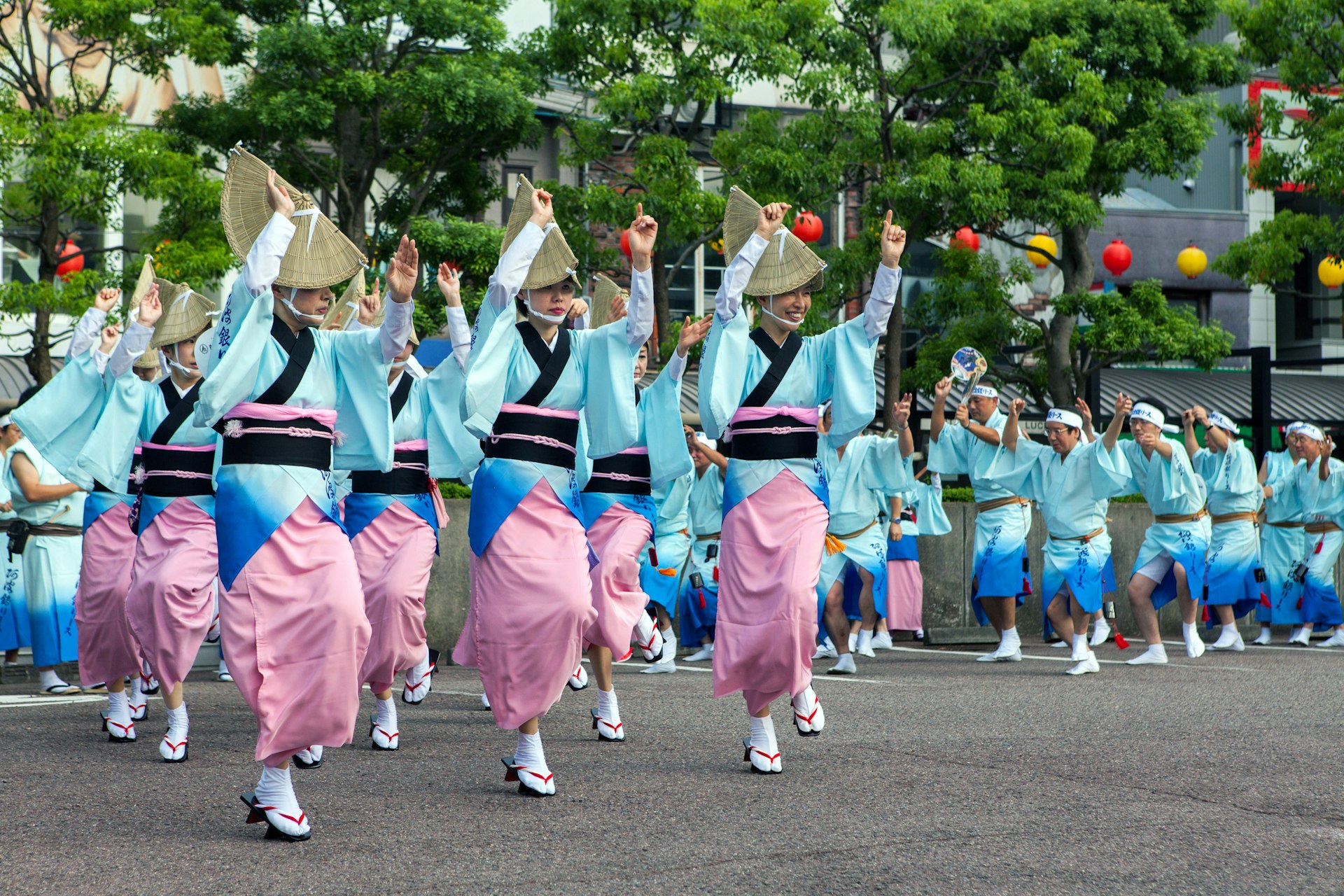
August draws the crowds
Outdoor enthusiasts are hiking, biking, rafting, kayaking, surfing and making the most of summer weather and holidays.
Mid-August is dance-festival time during the Obon holiday period, celebrating the spirits of departed ancestors. Kōchi city’s Yosakoi Festival is on August 10 and 11, followed immediately by Tokushima city’s Awa-odori from August 12 to 15. The latter has a reputation as Japan’s most raucous dance party, and more than a million people turn up each year.
Part of the Sanuki Takamatsu Festival, Shikoku’s largest fireworks display, Dondon Takamatsu, is held in mid-August in Takamatsu, Kagawa Prefecture’s main city.
September is for outdoor enthusiasts
September is an ideal time to visit Shikoku. Japanese summer holidays are over, and students are back at school, but the weather is still warm, and outdoor opportunities await.
October is for leaf-peeping
Harvest festivals take place in October, and Ehime Prefecture sees much excitement mid-month, as taiko drum floats parade through town in Niihama and nearby Saijō city hosts its Saijō Festival, with some 150 danjiri (wooden floats) and mikoshi (portable shrines).
By late October – and earlier at higher altitudes – temperatures will be cooling, and magnificent fall foliage will start to appear. During this period, many hikers head to the hills specifically to view the colors. Water-sports enthusiasts will be wrapping up their seasons in preparation for the colder months. Hopefully, the year’s last typhoon has gone through.
November is for indoor activities
Fall colors hit the cities and lowlands as temperatures drop and winter approaches. Dōgo Onsen is calling once again.
December is for parties
Japanese attend end-of-year parties, and winter has set in. Snow will fall on the central mountains of Shikoku, but seldom on the lowland cities.
Shikoku is on our 2022 Best of Travel list. For more stories from some of the world’s most exciting destinations click here.
Safety recommendations and restrictions during a pandemic can change rapidly. Lonely Planet recommends that travelers always check with local authorities for up-to-date guidance before traveling during Covid-19.
You might also like:
Following the Udon Trail on the Japanese island of Shikoku
Slow travel in Japan’s Seto Inland Sea
Discover Japan's 10 most spectacular natural wonders

